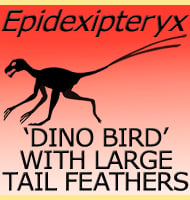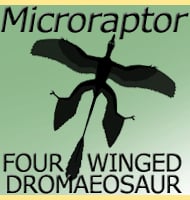Iliosuchus
In Depth There is a lot of mystery surrounding Iliosuchus as the genus is only based upon the description of three ilia. These parts are not diagnostic enough to clearly identify what kind of theropod dinosaur Iliosuchus was, though in England during the Mid Jurassic the dominant theropod dinosaurs were the megalosaurs. A similarity to … Read more

